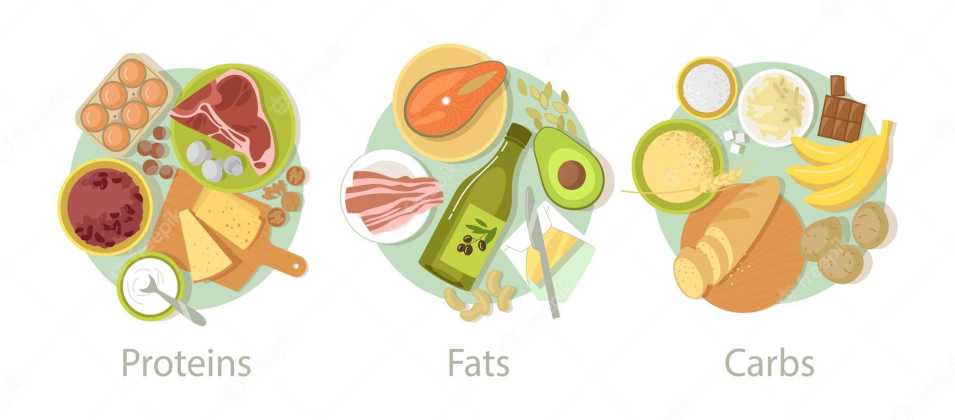Many people have aversions to certain foods, which can be caused by past negative experiences, sensory issues, or even cultural beliefs. These aversions can lead to a limited diet, nutritional deficiencies, and even anxiety and stress around mealtimes. However, there is a solution to these problems: food aversion therapy.
Food aversion therapy is a powerful tool to help individuals overcome their fear and aversion to certain foods. It is an evidence-based treatment that effectively increases dietary variety and improves the quality of life.
Consider seeking help from a qualified food aversion therapist if you or someone you know struggles with food aversion or phobia. With the right treatment and support, conquering your fear and enjoying a wider variety of foods is possible.
What is Food Aversion Therapy?
Food aversion therapy is a form of behavior therapy that helps individuals overcome their fear or aversion to certain foods. It involves gradually exposing the individual to the feared food while pairing it with a negative stimulus, such as a bad taste or smell. Through this process, the individual learns to associate the negative stimulus with the food, which reduces aversion and fear.
Food aversion therapy is often used to treat specific phobias, such as a fear of certain textures or tastes, and eating disorders, such as anorexia nervosa or bulimia. It is an evidence-based treatment that effectively reduces food aversions and increases dietary variety.
The process of food aversion therapy begins with a thorough assessment of the individual’s food aversion and overall health. The therapist will then create a personalized treatment plan that includes gradual exposure to the feared food and a negative stimulus, such as a bad taste or smell.
The individual is first exposed to a small amount of the feared food while the negative stimulus is present. Over time, the amount of the feared food gradually increases while the intensity of the negative stimulus decreases. This process continues until the individual is able to consume the feared food without any negative reactions.
Benefits of Food Aversion Therapy
Food aversion therapy has numerous benefits for individuals who struggle with food aversions. Some of these benefits include:
- Increased dietary variety
- Reduced anxiety and stress around mealtimes
- Improved nutritional status
- Improved quality of life
- Reduced risk of developing eating disorders
Various factors, including past negative experiences, sensory issues, and cultural beliefs, can cause food aversions. Some common food aversions include:
- Texture aversions, such as a fear of slimy or crunchy foods
- Taste aversions, such as a fear of bitter or sour foods
- Smell aversions, such as a fear of strong or unfamiliar smells
- Cultural aversions, such as a fear of eating certain animals or foods
- Eating disorder-related aversions, such as a fear of high-calorie or high-fat foods
Who Can Benefit from Food Aversion Therapy?
Food aversion therapy can benefit individuals of all ages who struggle with food aversions or phobias. Beneficial for those with sensory processing issues or autistic spectrum disorders, as well as those with eating disorders including anorexia and bulimia.
How to Prepare for Food-Aversion Therapy?
Before beginning food aversion therapy, it is important to have a thorough assessment by a qualified therapist. This will help determine the best course of treatment for the individual and ensure they are a good candidate for the therapy.
It is also important to discuss any medical conditions or medications with the therapist, as these may impact the therapy. Additionally, it is important to have a support system, such as family or friends, who can provide encouragement and help with meal planning and preparation.
Related Article: Foods To Avoid During Radiation Therapy
What to Expect During a Food Aversion Therapy Session?
During a food aversion therapy session, the individual will be gradually exposed to the feared food while a negative stimulus is present. This may involve placing a small amount of the food in the individual’s mouth while the negative stimulus is applied, such as a bad taste or smell.
The therapist will work with the patient to reduce the severity of the unpleasant stimulus while increasing the amount of food consumed. The individual may also be asked to complete homework assignments, such as trying the feared food outside the therapy session.
The Success Rate of Food Aversion Therapy
Food aversion therapy has been shown to be effective in reducing food aversions and increasing dietary variety. However, the success rate may vary depending on the individual and the severity of their aversion.
It is important to note that food aversion therapy is not a quick fix and may require multiple sessions to achieve lasting results. Additionally, it is important to continue practicing exposure to the feared food even after the therapy has ended to maintain the progress made.

Side Effects and Risks of Food Aversion Therapy
Food aversion therapy is generally safe and well-tolerated. However, some individuals may experience side effects, such as nausea or vomiting, during the therapy sessions.
Food aversion therapy may not work for people with diabetes or gastrointestinal issues. It is important to discuss any medical conditions or concerns with the therapist before beginning the therapy.
Finding a Qualified Food Aversion Therapist
When seeking food aversion therapy, it is important to find a qualified therapist with experience treating food aversions and phobias. The therapist should have a license or certification in their field and be willing to work closely with the individual’s healthcare team.
Additionally, it is important to discuss the cost of the therapy and whether it is covered by insurance before beginning treatment.
Related Article: Treatment for Eating Disorders
